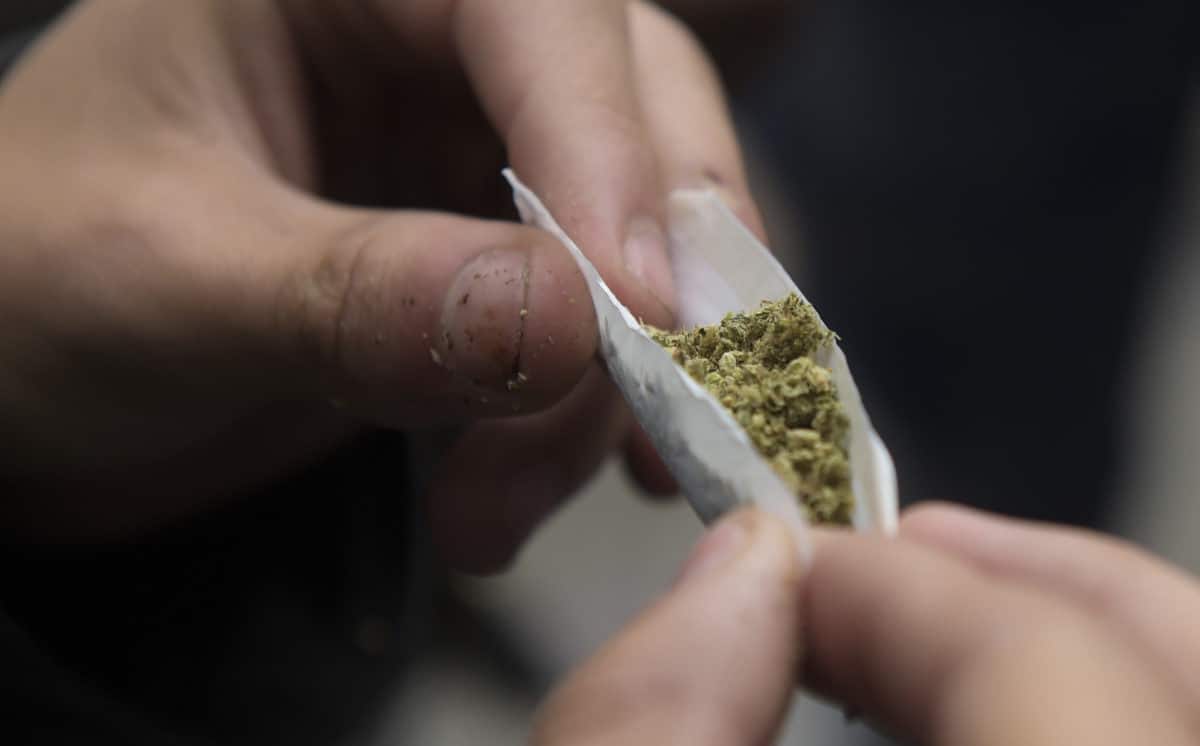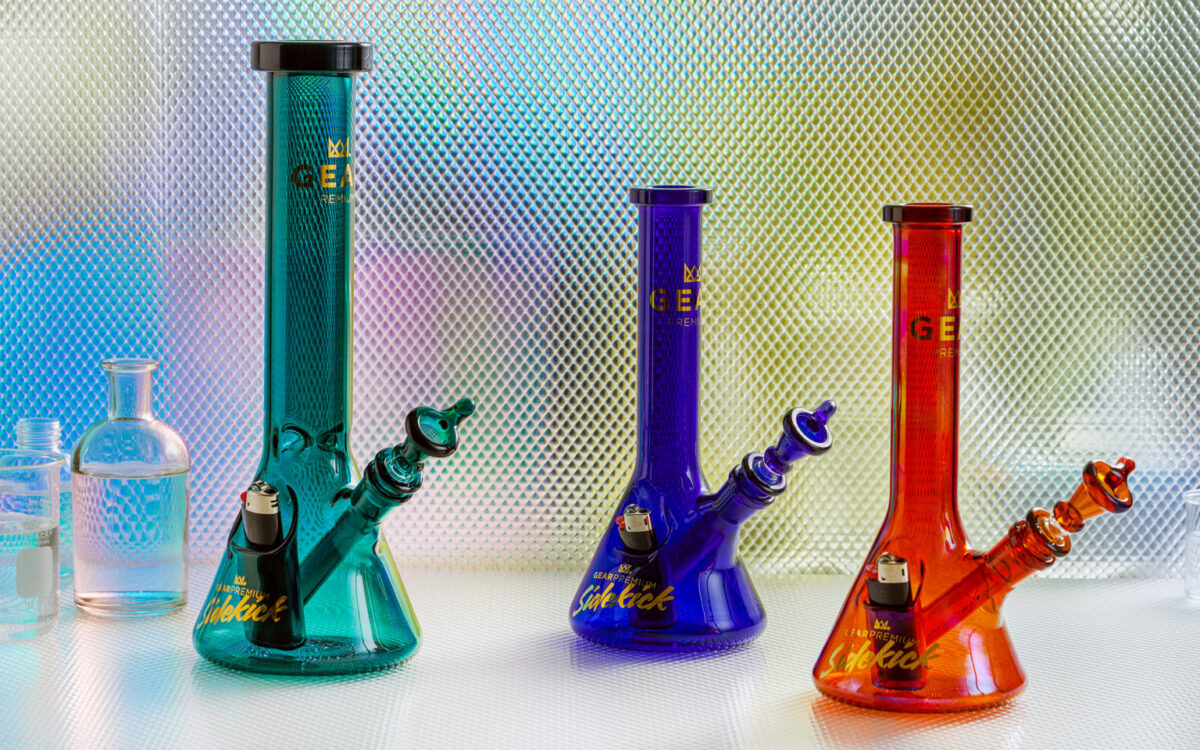According to a new study that is being published this week in the American Journal of Drug and Alcohol Abuse, teenage pot use has fallen in states where medical marijuana has been legalized.
Researchers have discovered that there are fewer teenage marijuana users in states that have medical marijuana laws adopted.
These states have 1.1% fewer teenage marijuana users compared to states that do not have laws that adopt medical marijuana.
“The shifts were small,” said lead researcher Rebekah Levine Coley, chair of counseling, developmental and educational psychology at Boston College’s Lynch School of Education and Human Development.
She added, “For every 100 adolescents, just over one fewer would report having used marijuana in the prior month following enactment of medical marijuana laws.”
Coley said, “For example, current use of marijuana decreased among male high school students by 2.7 percent. And use decreased by 3.9 percent among African-American students, and by 2.7 percent among Hispanic students.”
Coley and his researchers used data from the Youth Risk Behavior Survey, a poll that is conducted every other year by the U.S. Centers for Disease Control and Prevention.
Researchers analyzed survey data gathered between 1999 through 2015 from 45 states. This included over 860,000 students.
Linda Richter, director of policy research and analysis for the Center on Addiction, stated, “A statistically significant finding of a 1.1 percentage point lower rate of adolescent marijuana use in states with medical marijuana laws based on a sample as large as 861,082 respondents is all but meaningless.” She was not involved in the study.
“Importantly, the national study upon which these findings are based, the CDC’s Youth Risk Behavior Survey, does not include long-term data from early adopters of medical and recreational marijuana laws, like Colorado, Washington and Oregon, which other studies have found to have experienced increases rather than declines in adolescent marijuana use,” Richter added.
“We do not know whether adolescents will view the legalization of recreational marijuana the same way,” Coley said. “The law again only applies to adults aged 21 and above, but nonetheless, this shift in policy may alter how adolescents view marijuana and how accessible it is to them.”
“Data from the National Survey on Drug Use and Health show that states that have legalized medical and recreational marijuana use have higher rates of reported use among teens aged 12 to 17 — way higher than the national average — and lower rates of teens reporting perceptions of risk or harm from the drug — way lower than the national average,” she said.
“While one can convincingly argue for the merits of medical marijuana laws to help sick people or for marijuana decriminalization to rectify decades of injustice to racial minorities, it truly defies logic to make the case that liberal marijuana laws help to dissuade young people from using the drug,” Richter said.


